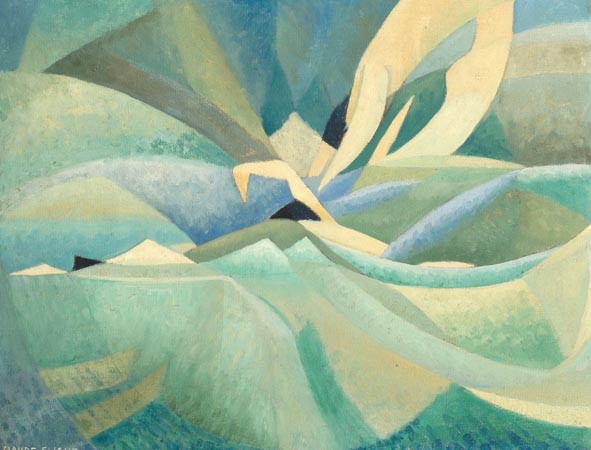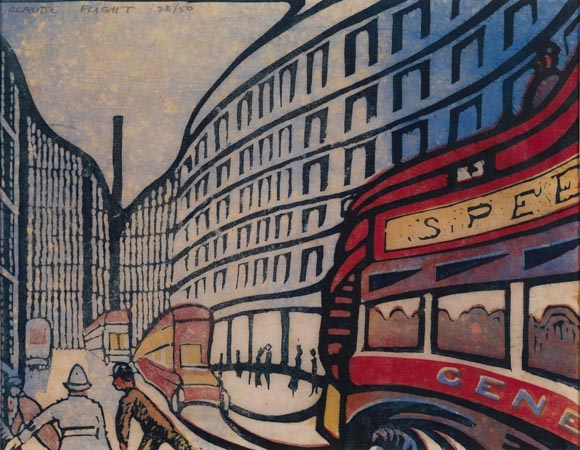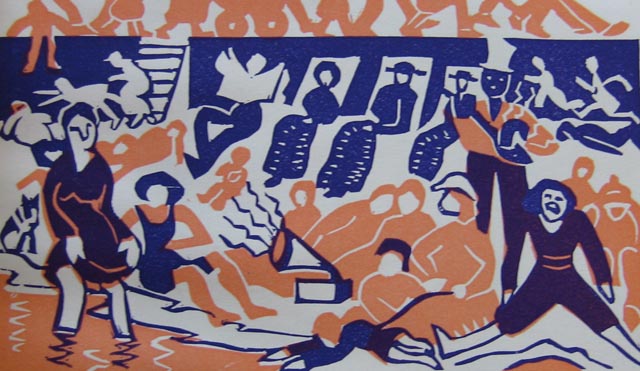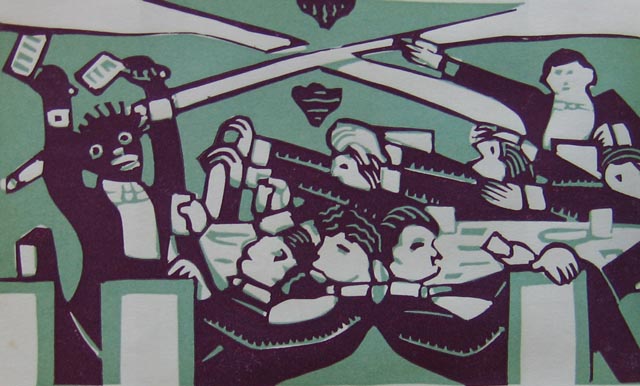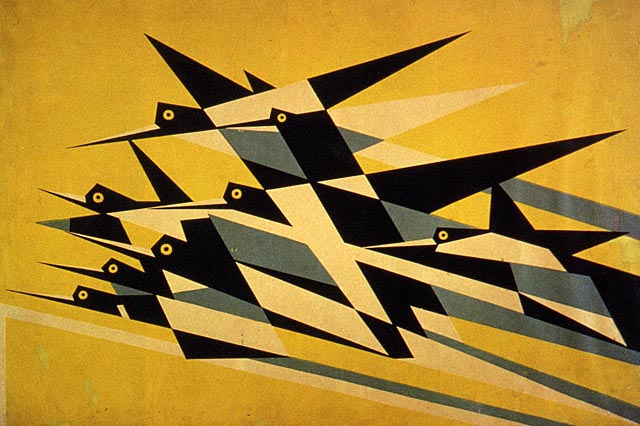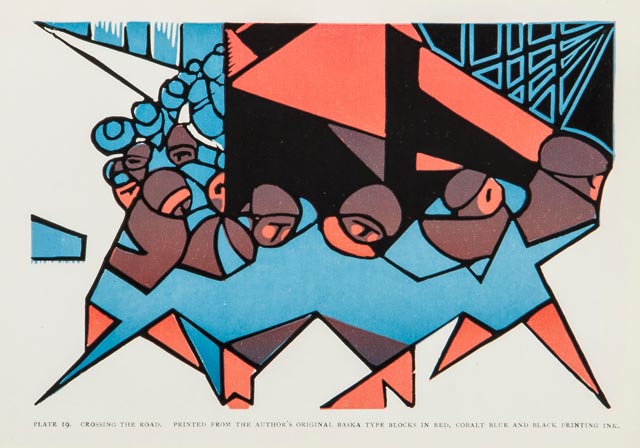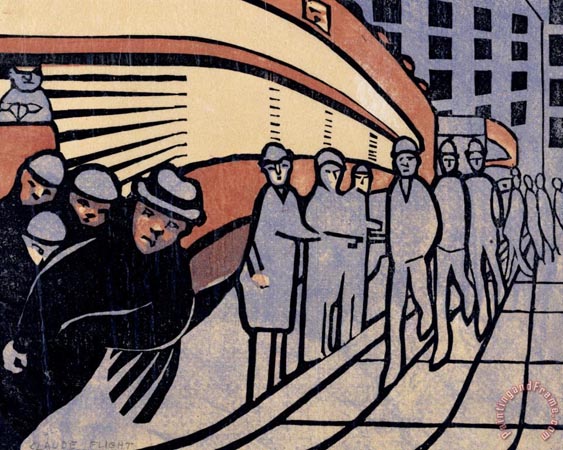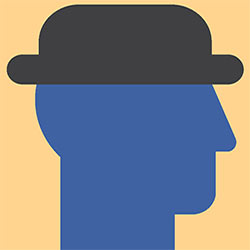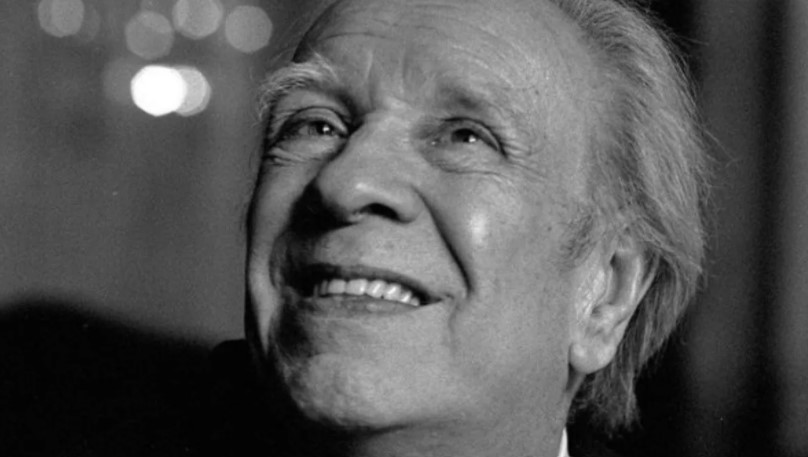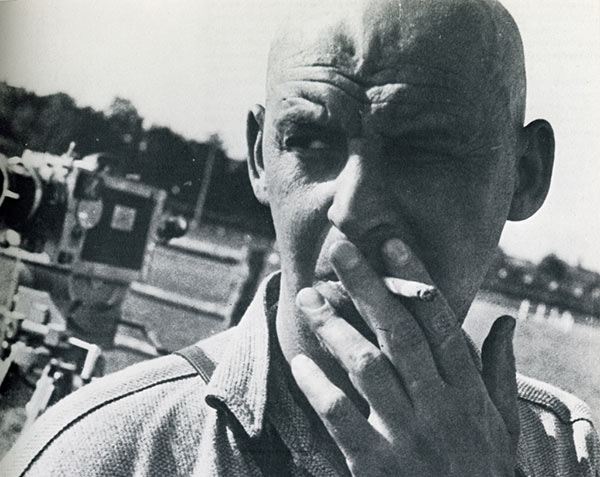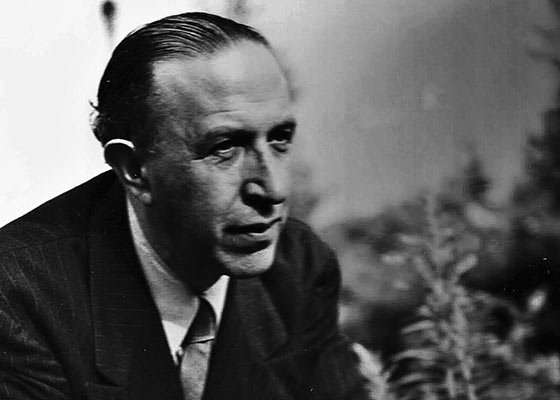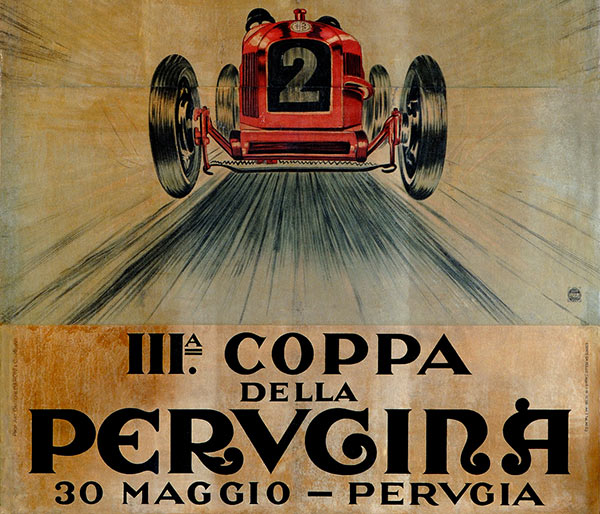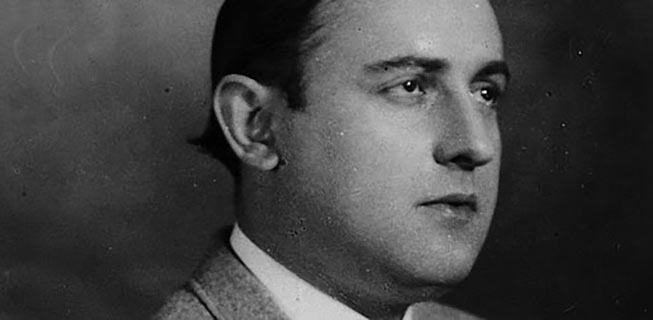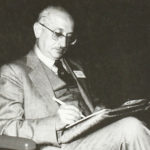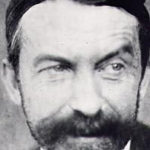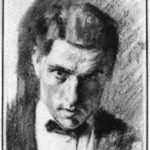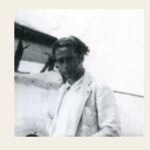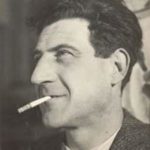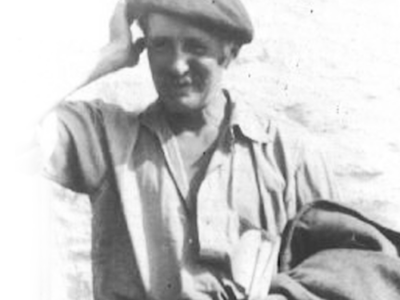
Flight Walter Claude
Walter Claude Flight (nato a Londra il 16 febbraio 1881 – morto a Donhead St Andrew il 10 ottobre 1955) noto anche come Claude Flight o W. Claude Flight è stato un artista britannico che ha aperto la strada e reso popolare la tecnica del taglio del linoleum. Ha anche dipinto, illustrato e realizzato tagli di legno. Era il figlio di Walter Flight. Flight è stato un fervente promotore della tecnica del taglio del linoleum dal momento in cui l’ha usata per la prima volta nel 1919.
Ha ritenuto che promuovendo l’uso del nuovo materiale economico e facilmente ottenibile stava rendendo possibile alle masse di essere esposte all’arte. Vi vedeva le potenzialità di una forma d’arte veramente democratica. Flight aveva provato diverse carriere prima di dedicarsi all’arte. Aveva allevato api, allevato e aveva anche provato ingegneria prima di studiare arte alla Heatherley School of Fine Art dal 1913 al 1914 e dal 1918. Flight esibì alla Royal Academy nel 1921, a Parigi nel 1922 ea Londra alla RBA dal 1923.
Ha inoltre esposto regolarmente alla Redfern Gallery e all’estero. Flight era un membro della Seven and Five Society nel 1923 i cui membri includevano Henry Moore , Ben Nicholson e Barbara Hepworth . Era un membro del Grubb Group nel 1928. Ha collaborato con Edith Lawrence con la quale aveva un’attività di interior design, insegnato alla Grosvenor School of Modern Art dal 1926 e ha scritto e organizzato mostre su incisioni su linoleum. I suoi allievi includevano vari artisti della stampa ormai famosi come Lill Tschudi , Cyril Power , Eileen Mayo e Sybil Andrews . Influenzato dal cubismo, dal futurismo e dal vorticismo, il suo lavoro esprimeva ritmo dinamico attraverso forme audaci e semplici. Le sue stampe su linoleum mostrano il suo interesse per la rappresentazione della velocità e del movimento. Ha prodotto oltre 64 stampe diverse e pubblicato 9 libri sul taglio al linoleum.
Claude Flight
(English)
London 1881 – 1955, also known as Claude Flight or W. Claude Flight was a British artist who pioneered and popularised the linoleum cut technique. He also painted, illustrated and made wood cuts. He was the son of Walter Flight.
Flight was a fervent promoter of the linoleum cut technique from the time he first used it in 1919. He felt by promoting the use of the cheap and easily obtained new material he was making it possible for the masses to be exposed to art. He saw in it the potentiality of a truly democratic art form.
Flight had tried a number of different careers before settling on art. He had kept bees, farmed and also had tried engineering before studying art at Heatherley School of Fine Art from 1913–1914 and from 1918.[1] Flight exhibited at the Royal Academy in 1921, in Paris in 1922 and in London at the R.B.A. from 1923. He also exhibited regularly at the Redfern Gallery and abroad.
Flight was a member of the Seven and Five Society in 1923 whose members included Henry Moore, Ben Nicholson and Barbara Hepworth. He was a member of the Grubb Group in 1928. He collaborated with Edith Lawrence with whom he had an interior design business, taught at the Grosvenor School of Modern Art from 1926 and wrote and organized exhibitions on linocuts. His pupils included various now-famous print artists such as Lill Tschudi, Cyril Power, Eileen Mayo and Sybil Andrews.
Influenced by Cubism, Futurism and Vorticism, his work expressed dynamic rhythm through bold, simple forms. His linocut prints show his interest in depicting speed and movement.
He produced over 64 different prints and published 9 books on linocutting.
